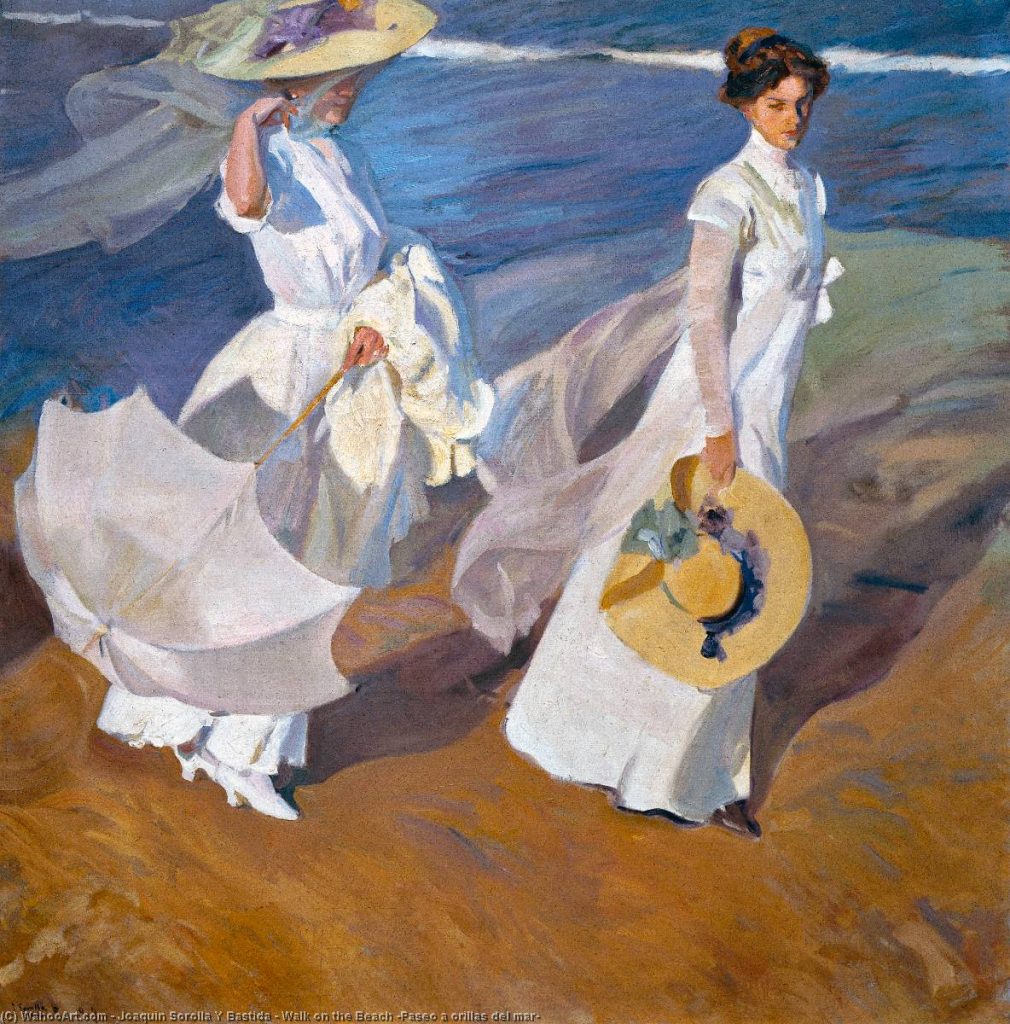
Joaquín Sorolla y Bastida (27 February 1863 – 10 August 1923) was a Spanish painter known for his mastery of light, his luminous and vibrant beach scenes, and his skillful portraiture. He is considered one of the most prominent figures in Spanish art during the late 19th and early 20th centuries.
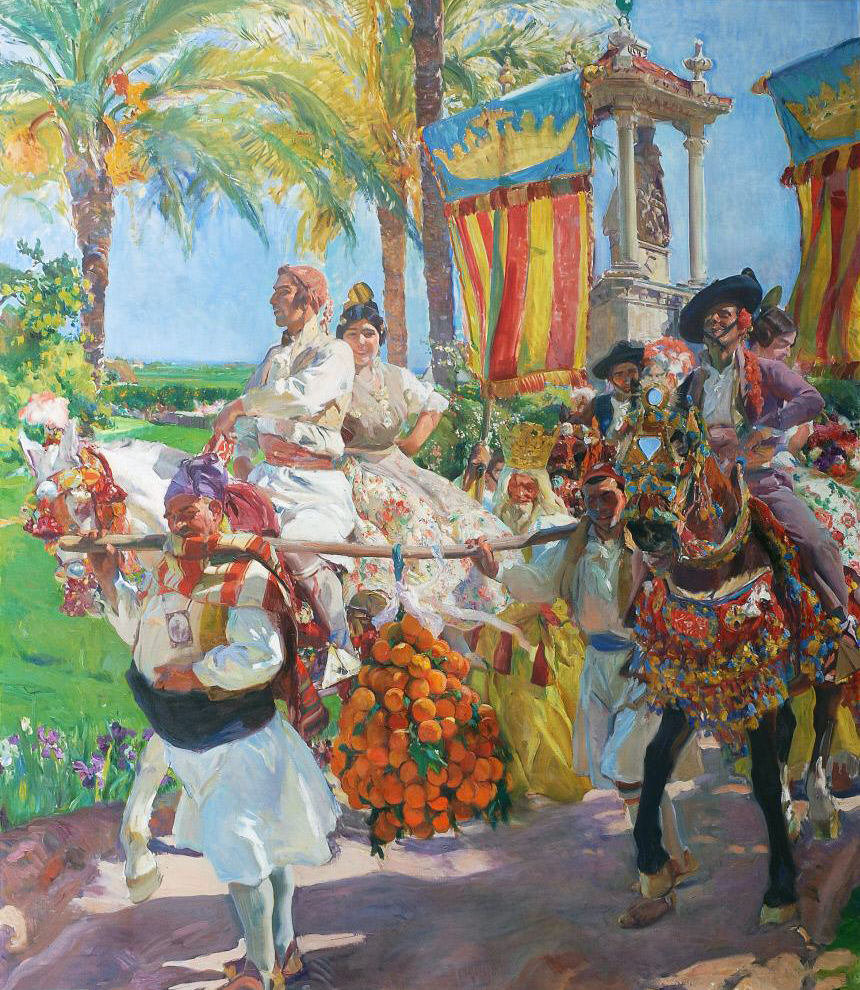
Early Life and Education: Joaquín Sorolla was born in Valencia, Spain. He displayed an early aptitude for art, and his talent was recognized by his parents, who supported his artistic ambitions. At the age of 15, he began his formal art education at the Royal Academy of Fine Arts of San Carlos in Valencia. Later, he received a scholarship to study painting in Rome, Italy.
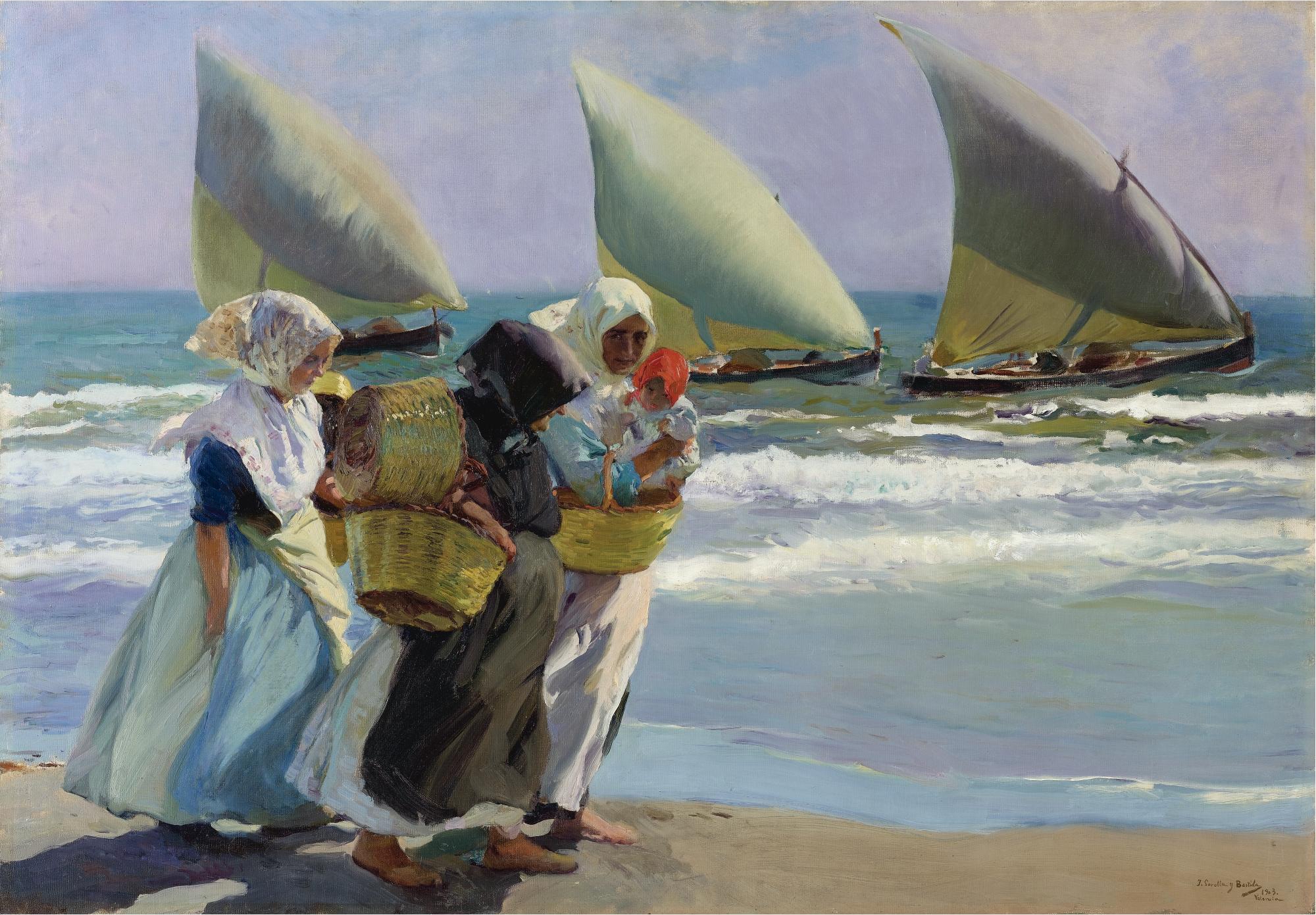
Career Development: Sorolla’s early works were influenced by the academic style and focused on historical and social subjects. However, he gained recognition for his plein air paintings and seascapes, which were characterized by their brilliant use of light and color. He drew inspiration from the Impressionist movement and the works of artists like John Singer Sargent.
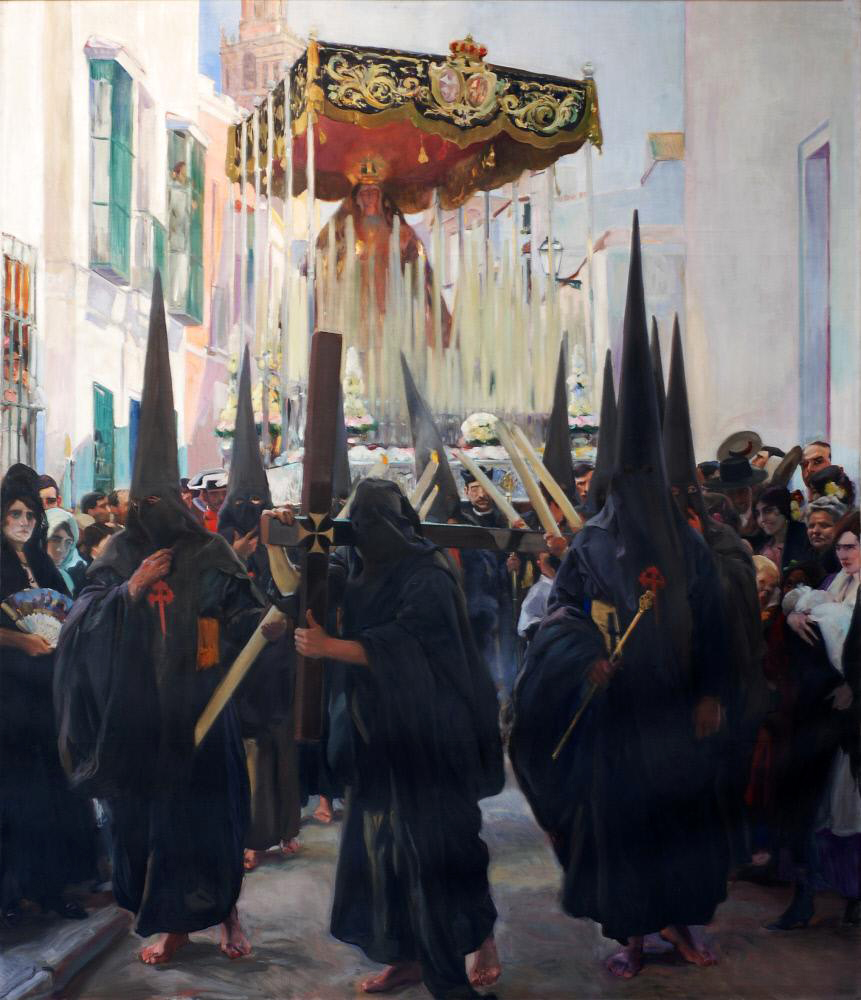
Marriage and Family: In 1888, Sorolla married Clotilde García del Castillo, and they had three children together. His family often served as models for his paintings, and Sorolla’s portraits of his wife and children are some of his most celebrated works.
International Recognition: Sorolla’s talent gained international acclaim, particularly after his participation in the World’s Columbian Exposition in Chicago in 1893. His paintings, including “Sad Inheritance,” which depicted disabled children bathing in the sea, earned him the Grand Prize and a gold medal. This recognition helped establish his reputation on the global stage.
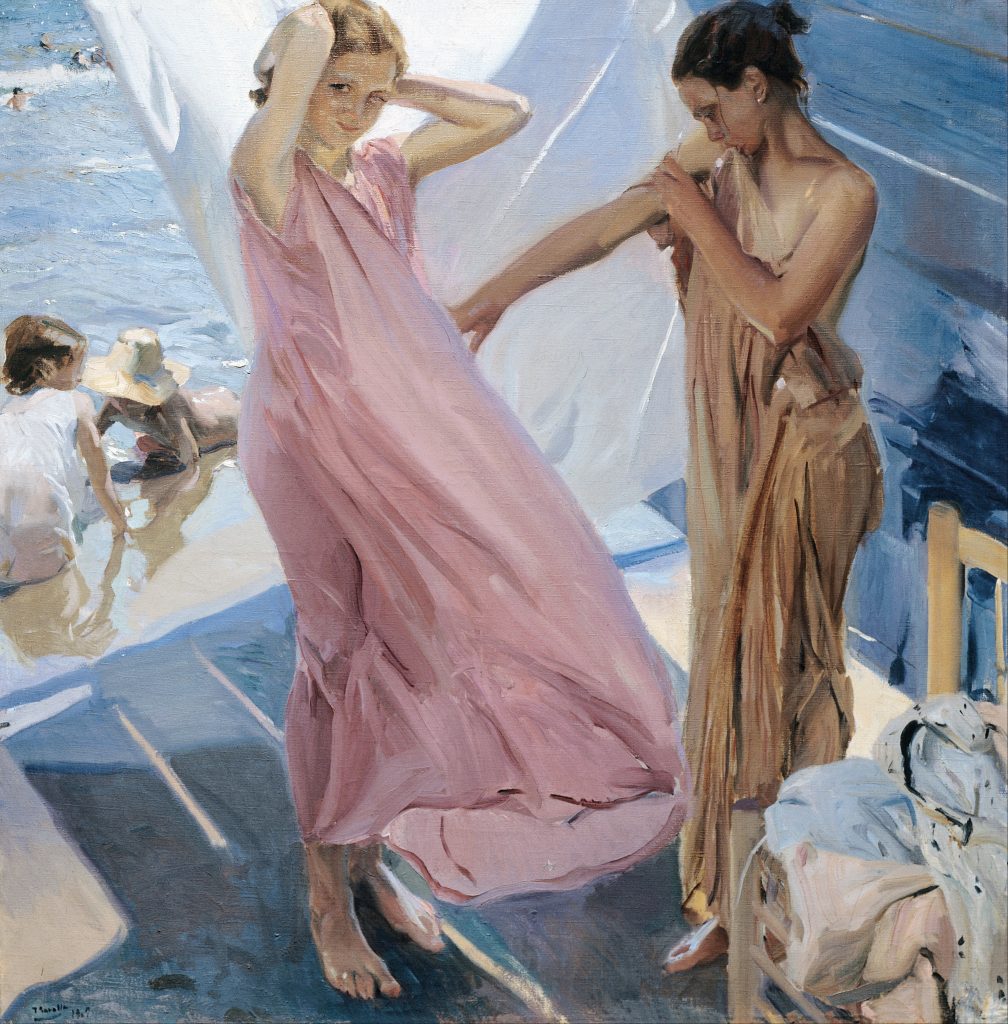
Sorolla’s Style: Sorolla’s style is characterized by his ability to capture the effects of light and the interplay of color, particularly in outdoor settings. His beach scenes, often featuring families at leisure, are known for their vitality and the sense of movement he conveyed.
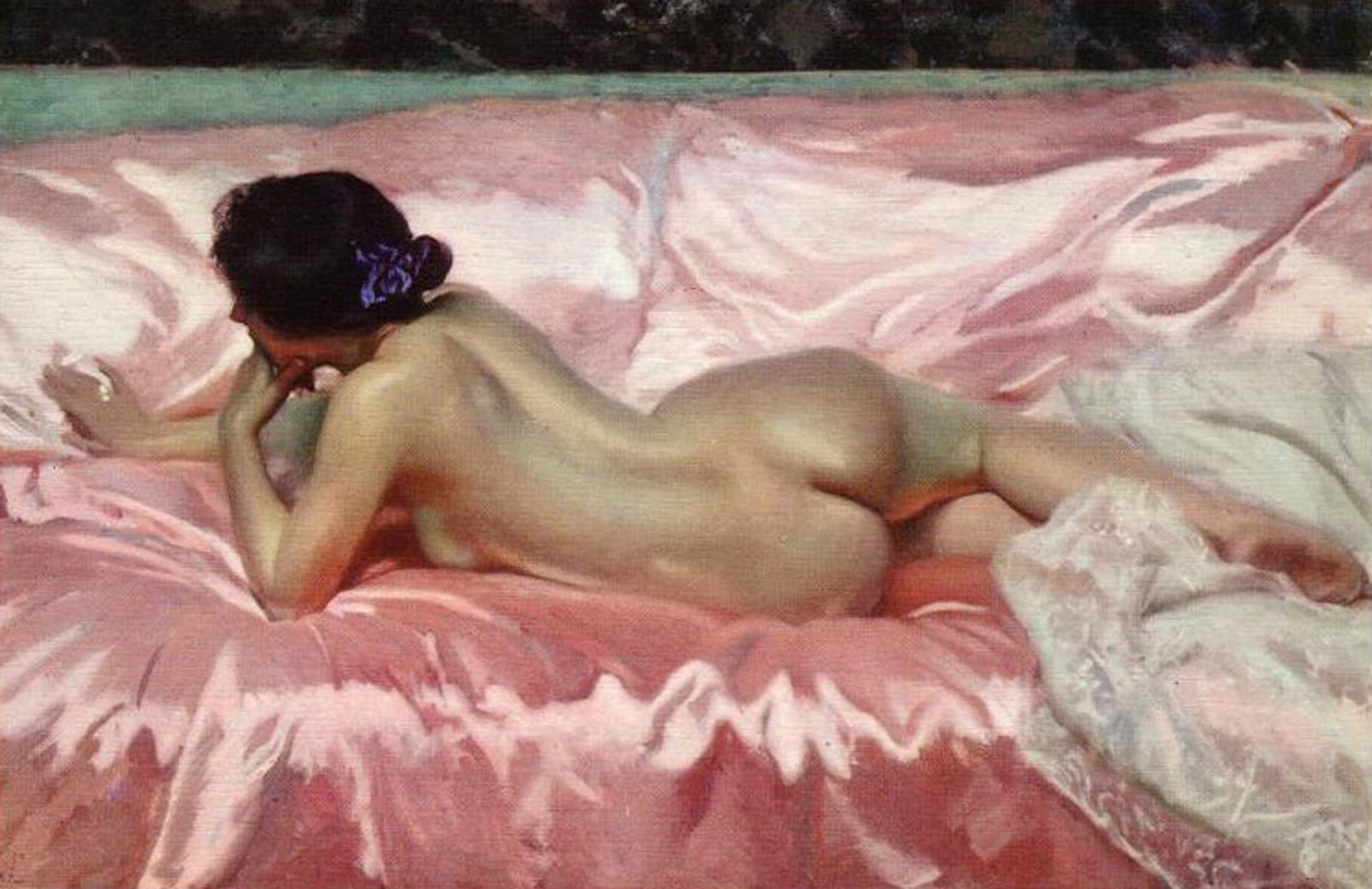
Social and Historical Works: In addition to his beach scenes, Sorolla also produced numerous social and historical paintings. He painted scenes from Spanish life, including fishermen, gardens, and traditional festivals. His historical works, such as “The Drunkard” and “Another Marguerite,” explored themes of poverty and social issues.
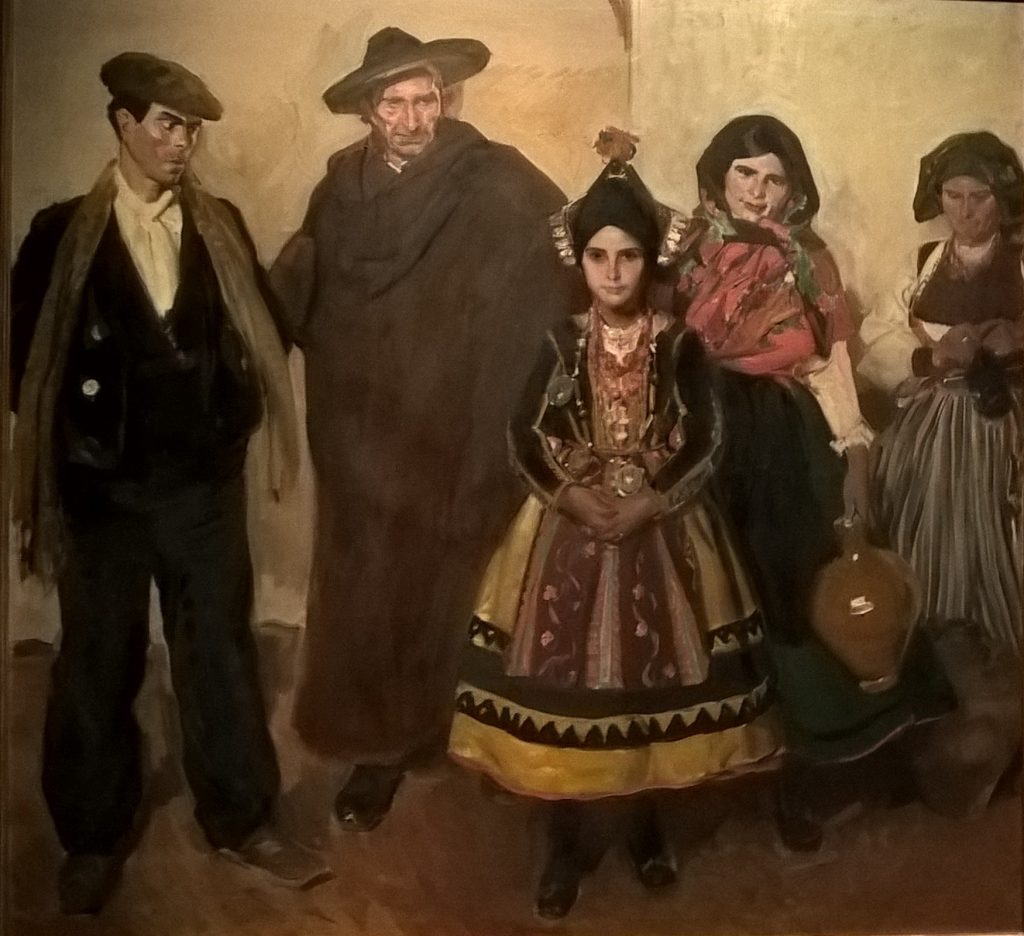
Legacy and Later Years: Joaquín Sorolla’s art had a profound influence on the development of Spanish art, and his contributions to the Impressionist and Luminist movements are celebrated to this day. He continued to paint prolifically until his health began to deteriorate in the early 1920s. Tragically, Sorolla passed away in 1923 at the age of 60.
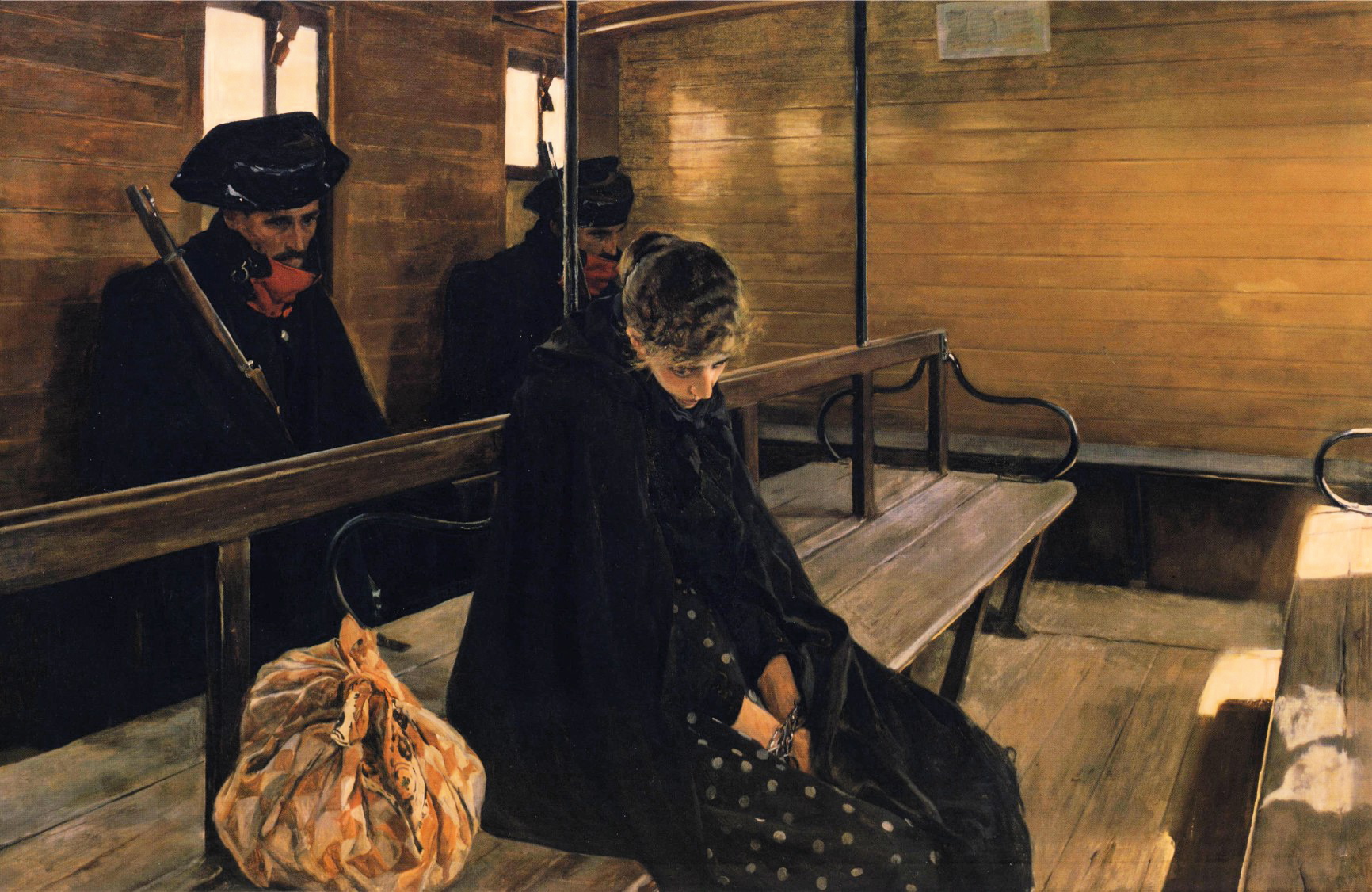
Sorolla’s legacy endures through his remarkable body of work, which is held in major museums and collections worldwide. His ability to capture the essence of light and color in his paintings, along with his genuine portrayal of Spanish life and culture, solidified his reputation as one of the most important Spanish painters of the 19th and 20th centuries.




